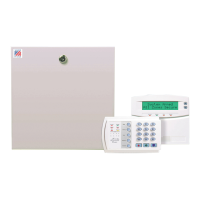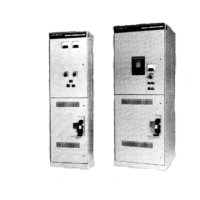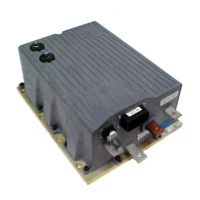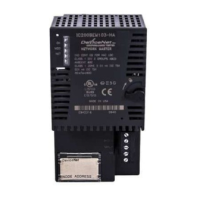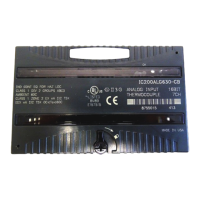8 TIME SYNCHRONISATION
In modern protection schemes it is necessary to synchronise the IED's real time clock so that events from different
devices can be time stamped and placed in chr
onological order. This is achieved in various ways depending on the
chosen options and communication protocols.
● Using the IRIG-B input (if fitted)
● Using the SNTP time protocol (for Ethernet IEC 61850 versions + DNP3 OE)
● By using the time synchronisation functionality inherent in the data protocols
8.1 DEMODULATED IRIG-B
IRIG stands for Inter Range Instrumentation Group, which is a standards body responsible for standardising
differ
ent time code formats. There are several different formats starting with IRIG-A, followed by IRIG-B and so on.
The letter after the "IRIG" specifies the resolution of the time signal in pulses per second (PPS). IRIG-B, the one which
we use has a resolution of 100 PPS. IRIG-B is used when accurate time-stamping is required.
The following diagram shows a typical GPS time-synchronised substation application. The satellite RF signal is
picked up by a satellite dish and passed on to receiver. The receiver receives the signal and converts it into time
signal suitable for the substation network. IEDs in the substation use this signal to govern their internal clocks and
event recorders.
Satellite dish Receiver
IED
IRIG-B
IEDIED
V01040
GPS time signal
GPS satellite
Figure 159: GPS Satellite timing signal
The IRIG-B time code signal is a sequence of one second time frames. Each frame is split up into ten 100 mS slots
as follows:
● Time-slot 1: Seconds
● Time-slot 2: Minutes
● Time-slot 3: Hour
s
● Time-slot 4: Days
● Time-slot 5 and 6: Control functions
● Time-slots 7 to 10: Straight binary time of day
Chapter 16 - Communications P24xM
360 P24xM-TM-EN-2.1
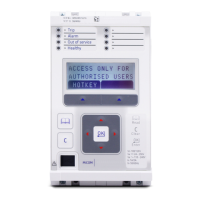
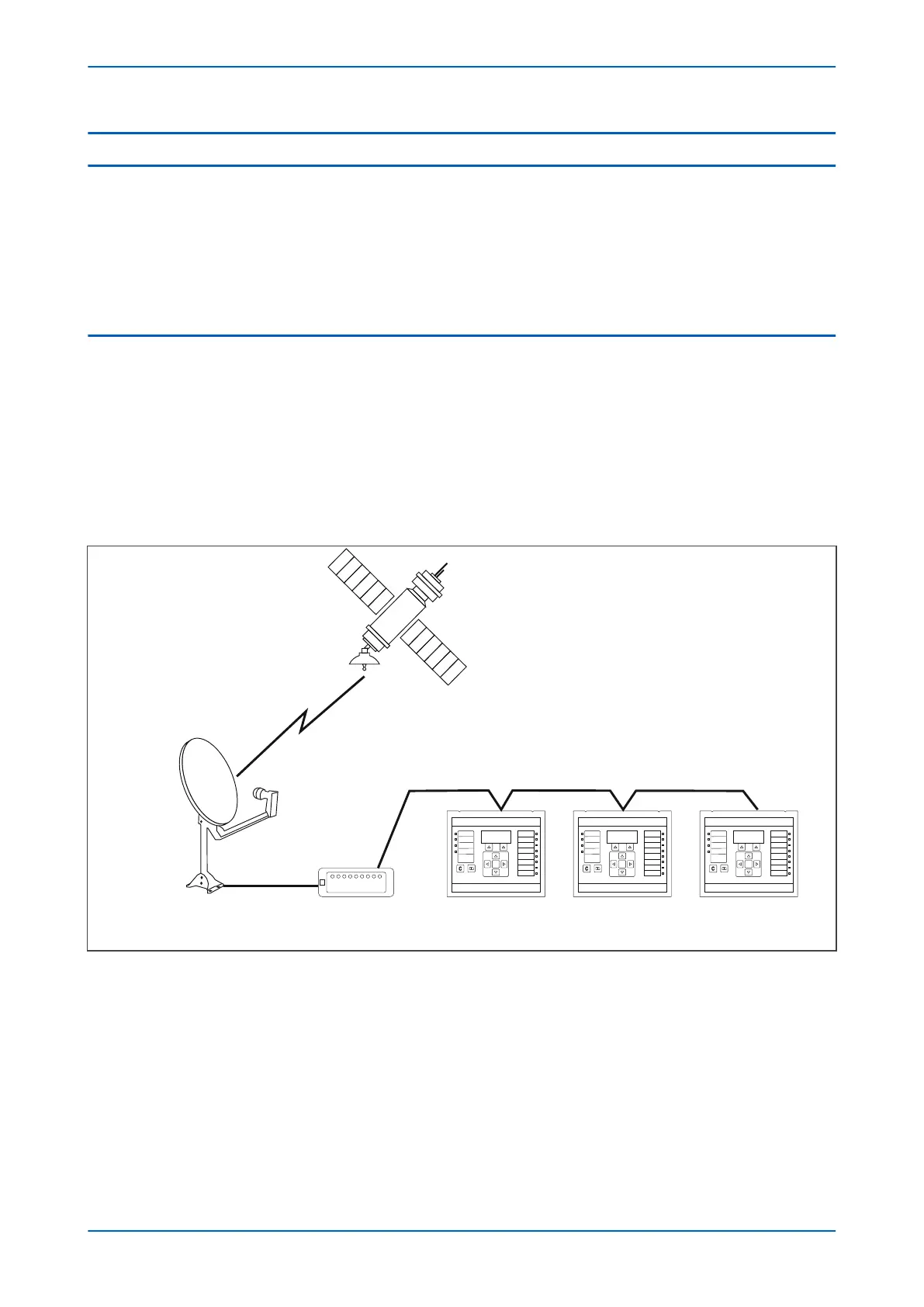